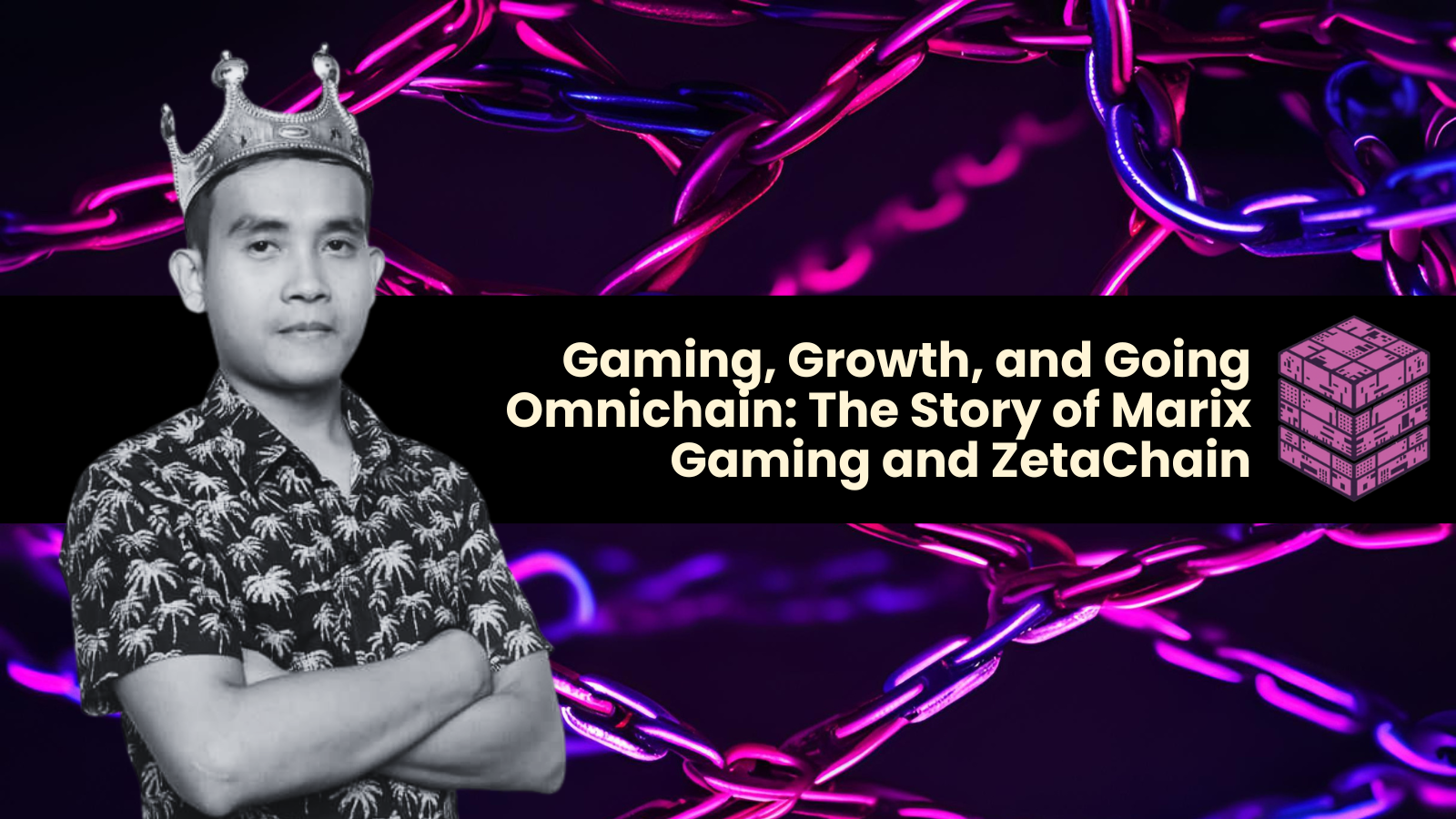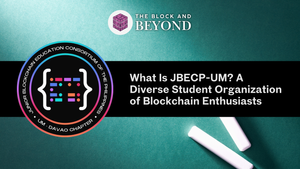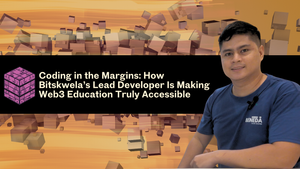From streaming Mobile Legends to simplifying blockchain, one community builder’s journey is helping shape a more connected Web3.
Web3 is full of buzzwords and complex ideas. Omnichain. Interoperability. Decentralization. But what does any of it really mean when you’re just trying to figure out how to join a community or build something useful? For those outside of major crypto hubs, it can feel like a high-tech maze with no entry point.
But within the ever-expanding blockchain landscape, there are stories of individuals who started with little more than curiosity and a willingness to learn. One of them is now helping others understand not only how to break in but why it matters.
Christ Marlon Odtohan, known in the space as Marix Gaming, didn’t come from a coding background. He started as a gamer and streamer, passionate about Mobile Legends and engaging online communities. Today, he is the global culture ambassador for ZetaChain's Discord, a role that bridges people, platforms, and possibilities across the blockchain world.
A Journey That Started with Questions
Christ first discovered Bitcoin back in 2013 through cable TV. At the time, BTC was worth around $3, and it caught his attention. But it wasn’t until years later that he found himself diving deeper.
In 2020, I was looking for a community. My knowledge was not enough.
That search led him to Davao DeFi, a grassroots blockchain community in the Philippines. It was a simple Facebook post that introduced him to his first Solana Ecosystem Call. After showing up repeatedly, asking questions, and learning from others, he was invited to volunteer.
This step-by-step growth — attend, ask, contribute — became the foundation of his journey. It’s also what makes his story relevant for anyone hoping to break into Web3.
“Most of the developers are not aware how to build projects on Web3. So may gusto sila pero hindi nila alam paano magsimula.”
(Most of the developers are not aware of how to build projects on Web3. They want to do so but they don't know how to get started)
Why ZetaChain Stands Out
Unlike many blockchains that operate in silos, ZetaChain is built to connect multiple networks natively. That means users can transfer assets between chains like Bitcoin and Ethereum without needing to wrap tokens, a common practice that often exposes users to unnecessary risk.
“The main purpose talaga ni ZetaChain is a universal blockchain that can communicate to other networks... wala na pong wrapping na mangyayari.”
(The main purpose of ZetaChain is to serve as a universal blockchain that can communicate with other networks. In this case, no wrapping would take place)
For Christ, the concept of omnichain isn’t just a technical feature. It’s about usability. With ZetaChain, someone can trade or use assets across different networks without needing to convert them into synthetic tokens or rely on fragile bridges.
This also opens the door for more inclusive participation. Example, kailangan ko ng gas fee ni Base, tapos wala akong token ni Base. Ang ginagawa ko, pupunta ako sa ZetaChain tapos nag-trade ako para makakuha ako ng gas fee, he said. For many users, especially dGen explorers like Christ, this kind of flexibility is crucial.
Tools that Empower Builders
Another major appeal of ZetaChain is its accessibility to developers and non-developers alike. The platform offers built-in tools and templates that allow users to create tokens, deploy contracts, and experiment across networks without needing to write everything from scratch.
“Hindi ako developer... pero ang dali kong nideploy yung token ko kasi built-in na yung pwede mong gawin doon sa platform.”
(I'm not a developer, but I easily deployed the token because the platform had a built-in feature for it)
In other words, ZetaChain reduces the technical friction that often prevents beginners from participating. With the help of hackathons, developer tracks, and an active support system, ZetaChain is shaping an environment where more ideas can turn into actual applications.
One example that stands out is EG Finance, a decentralized exchange that lets users swap tokens across networks seamlessly. For Christ, it’s not just convenient, it’s a tool for survival in the dGen world. From meme tokens to utility swaps, his daily Web3 life runs smoother thanks to this interoperability.
A Bigger Vision for the Future
While Christ remains deeply connected to his roots in Davao DeFi, he’s also looking ahead. ZetaChain is currently expanding its integrations with networks like Sui and TON, and even participating in regulatory discussions in the US to help guide the future of Web3 compliance.
In Christ’s view, the real breakthrough lies not in individual features, but in how everything works together. If ZetaChain succeeds, blockchain won’t just be more connected, it will be more usable, more trusted, and more ready for mainstream adoption.
This means developers can build smarter, faster, and more securely. It means users don’t need to understand ten different systems just to move tokens. And it means newcomers won’t feel left out of a space that promises to be open for all.
Christ’s journey from gamer to global ambassador reflects something deeper: the shift happening across the blockchain world, where individuals from unlikely places can become educators, builders, and connectors.
What makes his story remarkable isn’t that he started with nothing. It’s that he started by showing up. And in a space as fast-moving as Web3, sometimes that’s all it takes to begin.











